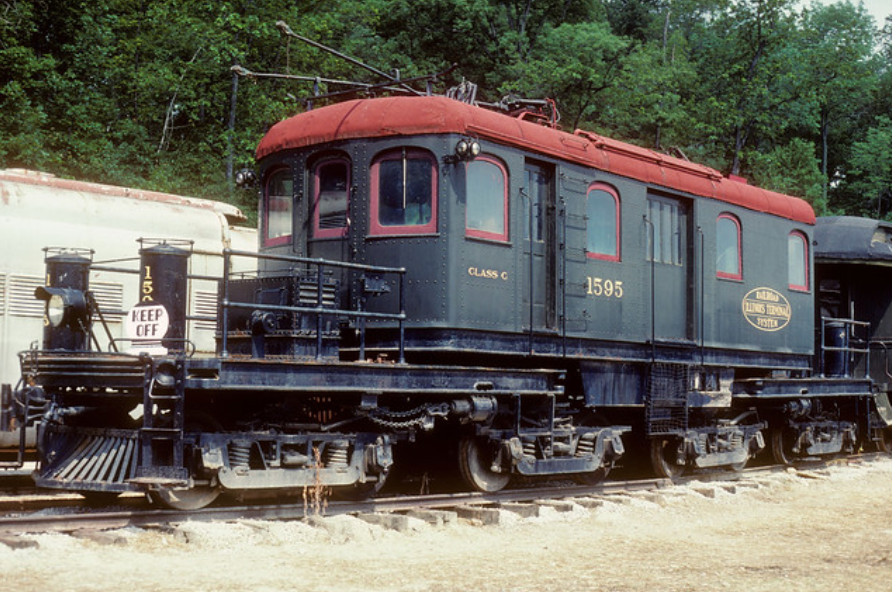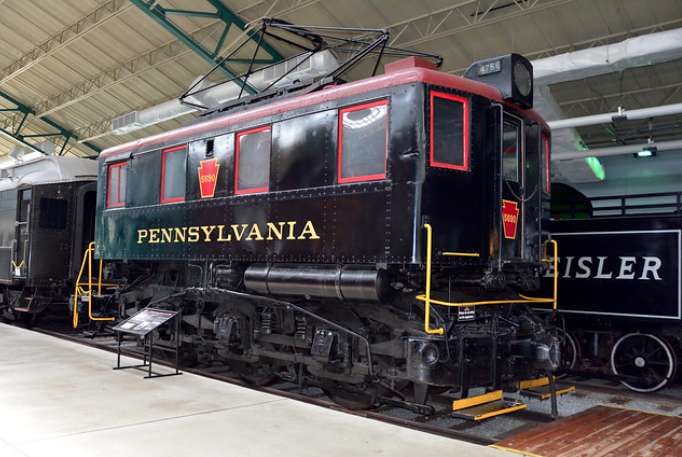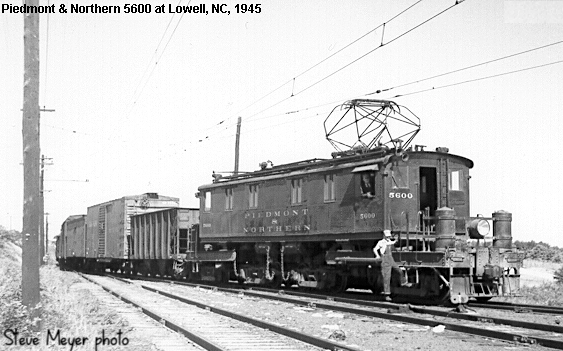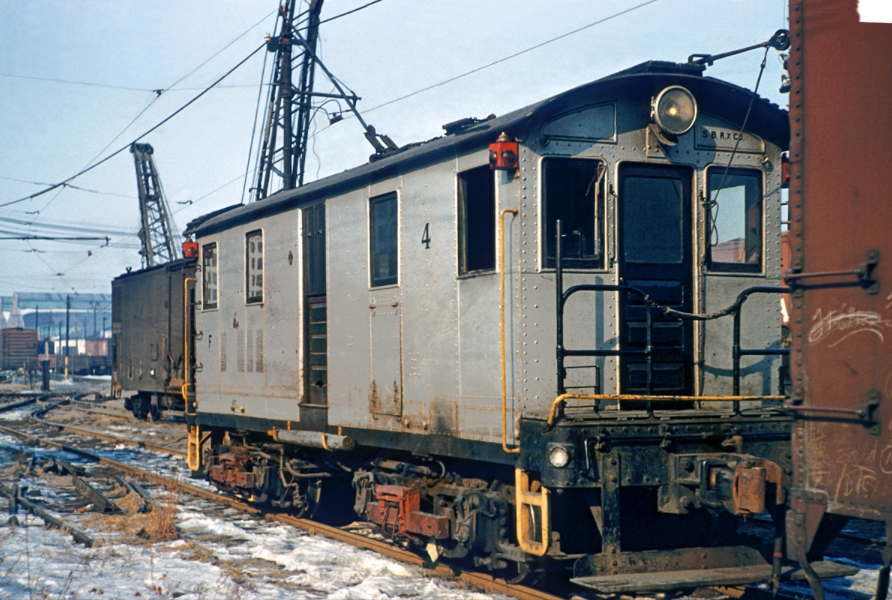Box-Cab Electrics
Milwaukee Road E36 poses for photographer at Deer Lodge, Montana on 2 August 1965. (Matt Herson) | |||||
|---|---|---|---|---|---|
|
The Steeple-Cab Electric has held center focus here at The Diesel Shop during the past four
months, and it is time to shift the attention. This month, the Box-Cab Electric rolls into
spotlight, followed next month by the modern-day electric.
There are substantial differences between the box-cab and steeple-cab electric, and they go
way beyond just their physical profiles / contours. One of the biggest factors is the steeple
cab's domain was largely short lines and interurbans, with a few notable industrial
exceptions. In contrast, the box-cab was much preferred by main-line railroading, as well as
a few heavy industry buyers. As such, the box-cab was more powerful and offered appreciably
greater tractive force.
Additionally, the number of box-cab builders was understandably smaller; the list did not
go much beyond the Baldwin-Westinghouse and General Electric-Alco partnerships. There were
also a few examples of home-built box-cabs. One other not so subtle difference was all
of the mechanical equipment, controls and operator station in the box-cab were located within
a single fabricated shell. In the steeple cab, the controls, operator station and machinery
were often situated in separate compartments.
| |||||
The Seattle Couer D'Alene & Palouse #701 was an early Baldwin-Westinghouse collaboration. Rated at 360 horsepower, the locomotive was built in 1907 and was one of 13 electrics owned and operated by the Great Northern affiliate. (Don Ross collection) |
Great Northern #5004B (ex-5005) was one-half of a semi-permanently coupled 1-D-1 electric set. Built in 1926 by Baldwin-Westinghouse, the elongated box-cab produced 2160 horsepower and tipped the scales at 185 tons. (Bill Volkmer colection / courtesy of Don Ross) |
Milwaukee Road's EP3s were designed as dual-cab passenger locomotives; Baldwin- Westinghouse built a total of ten units delivered in 1919. Rated at 3400-hp, the passenger haulers employed a 4-6-2+2-6-4 wheel arrangement. The Milwaukee EP3 model featured an unusual "geared-quill" drive system, which was also found on similar New Haven units. In addition to being massive, they were also problem prone. The E11 depicted here was photographed at Butte, Montana on 21 October 1952. (JC Weirich photo /Greg Weirick collection) |
New Haven's purchase of Baldwin-Westinghouse electric locos nearly doubled those of rival General Electric, and the Eddystone-built EF-1 was the most popular model. The 1-B+B-1 units featured the geared-quill drive, as had many NH electrics. (Craig Garver / Digital Rail Artist collecion) |
New Haven #6 closely resembles a box-cab electric; however, Baldwin-Westinghouse classied the unit as a B-1 Steeple cab. The NH owned two of the 56-tonners, along with two 30-ton electrics. It is assumed the smaller units handled yard and work train duties. (Photographer and location unknown) |
Built during the early 1930s, the P5a was the backbone of the Pennsy passenger service until arrival of the GG1. Sixty-two were box-cabs; another 28 weregiven a streamline treatment. The 4716 was photographed in Kearney, New Jersey; the locos's B-C-B wheel configuration is clearly evident. (Matt Herson photo) |
Pennsy #5939 was one-of-three switchers built by Baldwin/Lima with Westinghouse supplying electrical equipment and controls; it typically worked the busy Penn Station in New York City. The 2500-hp electric was built in 1933 and employed a 1-D-1 wheel arrangement. (Photo was taken at Suunyside, NY in 1967 by Matt Herson) |
At first glance this Baldwin-Westinghouse electric appears to be representative of most elongated box-cabs of its era; however, the side-rod driven trucks say otherwise. The BLW team built 12 of the three-unit sets for the coal-hauling railroad; each 1-B-B-1+1-B-B-1+1-B-B-1set had a continuous tractive rating of 94,500 lbs at 28 mph. (Photo courtesy of the Detroit News) |
BA&P #63 pictured here (at Anaconda on 23 August 1972) was one of 28 General Electric-built 80-ton electric motors on the mining railroad's roster. Built between 1913 and 1917, all of the box-cabs were retired and scrapped. The #47 was the only exception, and is now a static exhibit in Butte, Montana. (Ray Mueller photo / R. Craig collection) |
|
|
|
|
|
|
|
|
|
Illinois Terminal's Decatur shop had the engineering talent and construction know-how to build an entirely new locomotive or undertake major repairs, and they often did so. One interesting example is this 80-ton articulated freight motor finished in 1928(?). It is the lone survivor of a dozen similar locomotives.(Jim Strain photo at National Transportation Museum) |
Electric locomotives of the 1920/30/40s were expensive. Consider this 570-hp electric B1 switcher built by PRR's Juniata Shop in concert with Westinghouse -- the cost $60,000. A 600-hp Alco or EMC switcher could be built for a fraction of the price. (Jim Strain photo at the Railroad Museum of Pennsylvania in Strasberg.) |
Piedmont & Northern #5600 is another home-brewed box-cab electric; it was built in 1918 along with two copies (#5601 and 5602). Equipped with Westinghouse traction motors and controls, the locomotives had 26,000 lbs of tractive force. None survive. (Steve Meyer photo / Don Ross collection) |
The first locomotive ever lettered for the South Brooklyn Railway was this small home-bred box-cab electric #4. It is believed the trolley pole-equipped loco was built in 1907 by the Brooklyn Heights railroad. (Matt Herson photo in January 1961 at Brooklyn, NY) |
| Notes & Credits:
Reference sources:
| |||||||
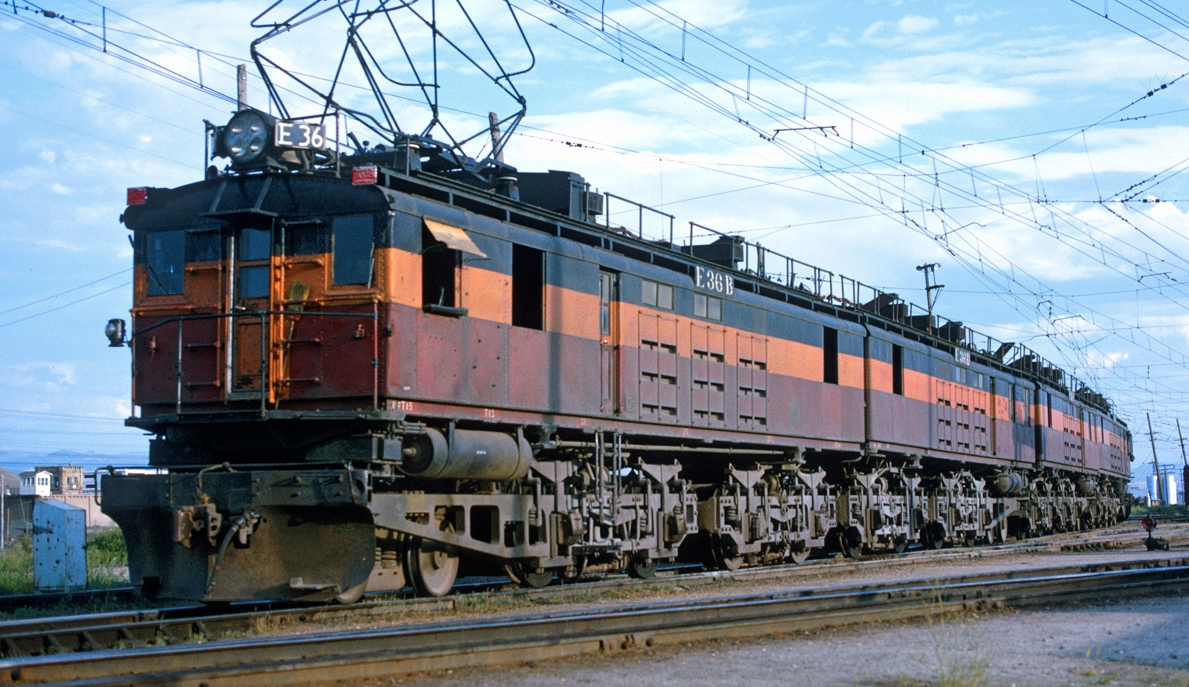



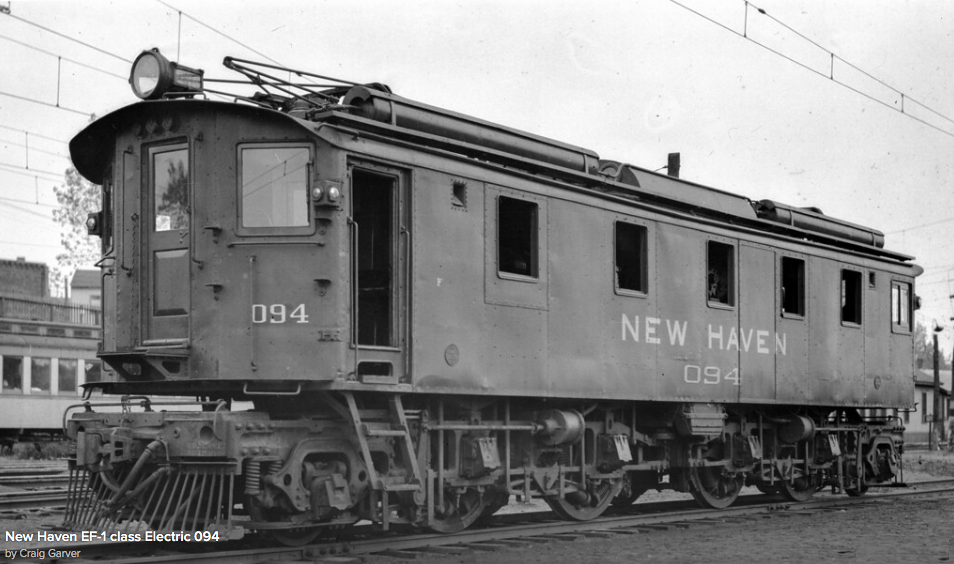

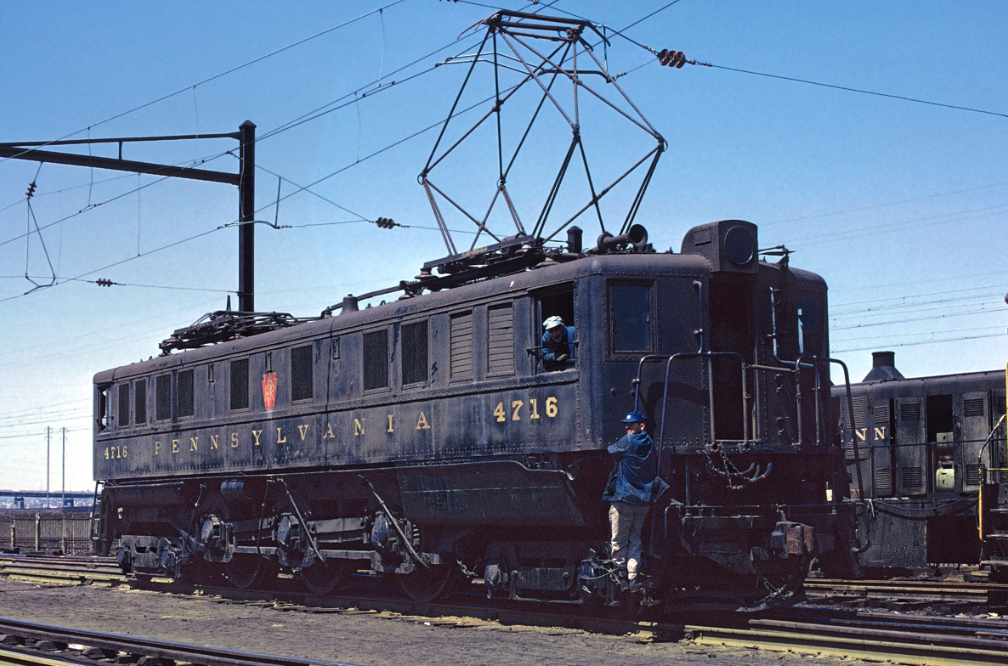
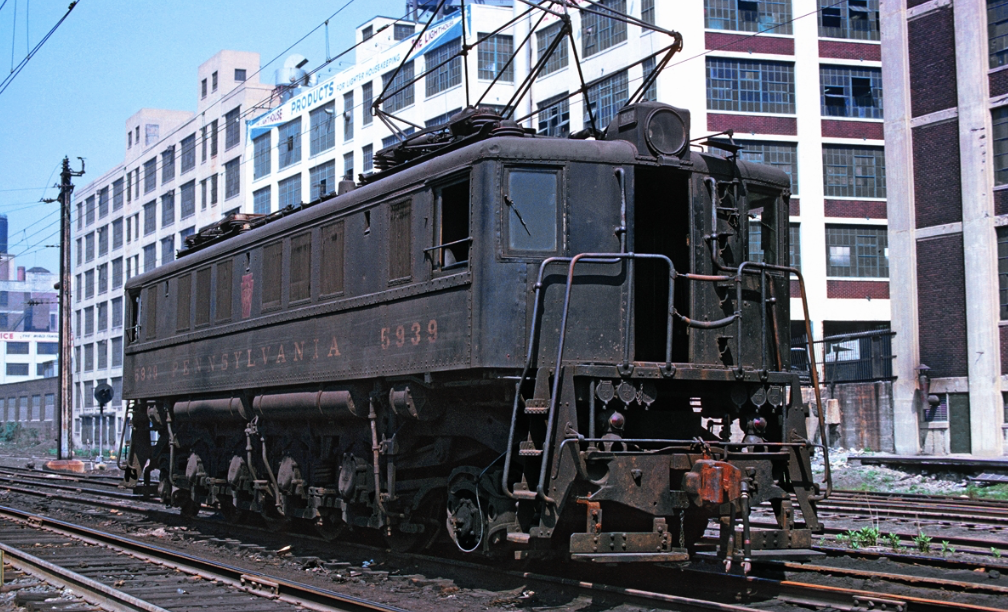
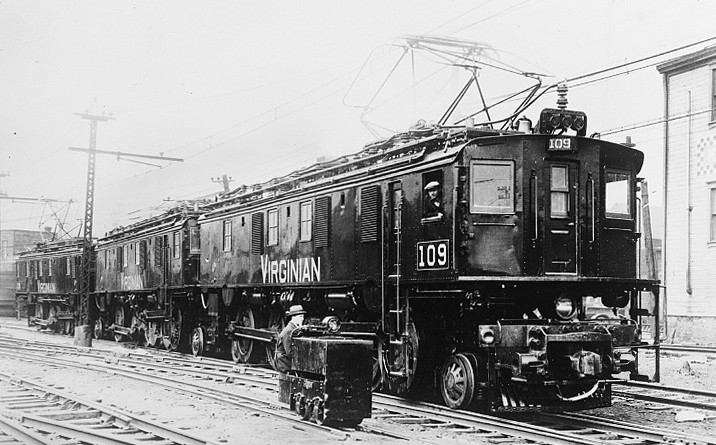
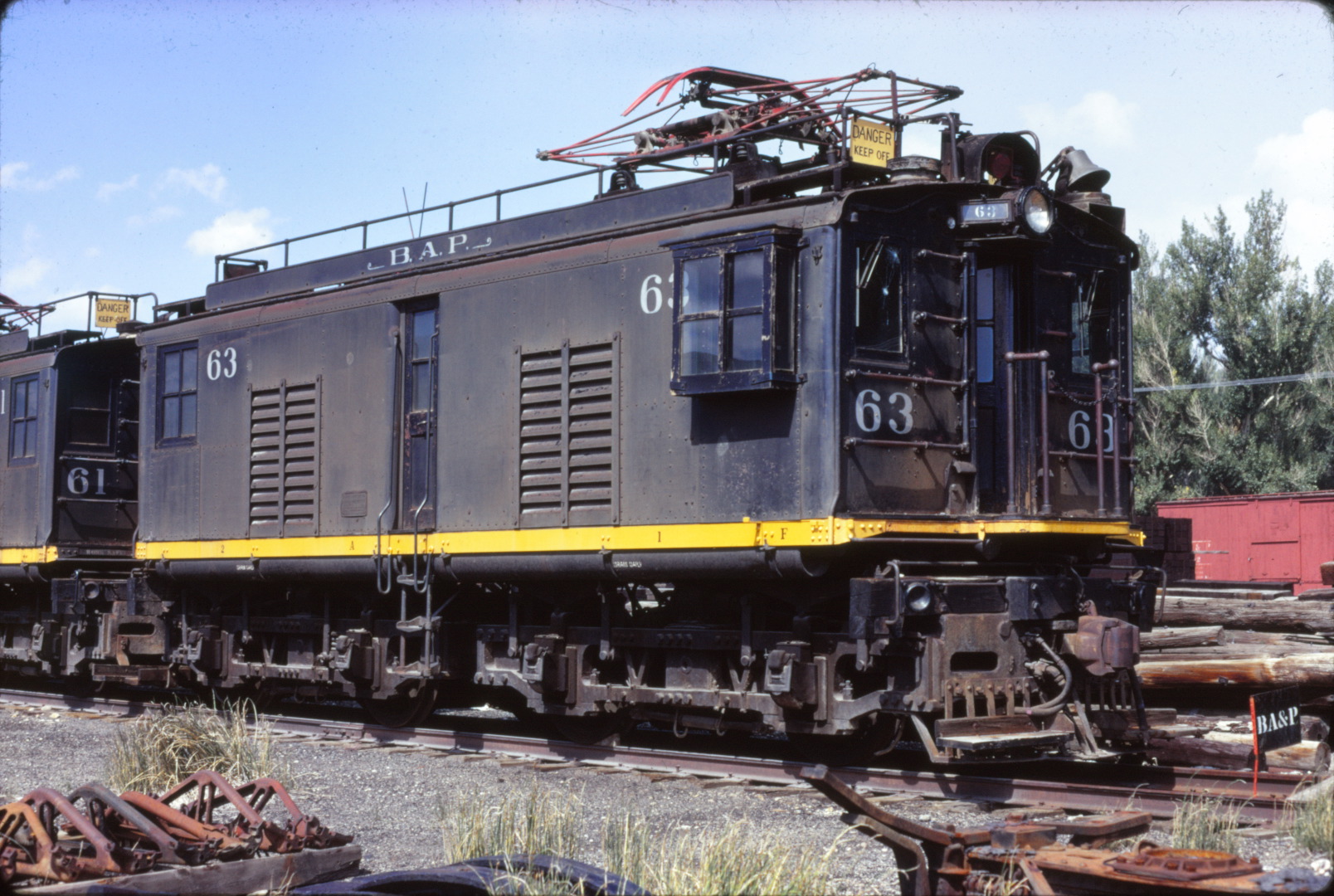
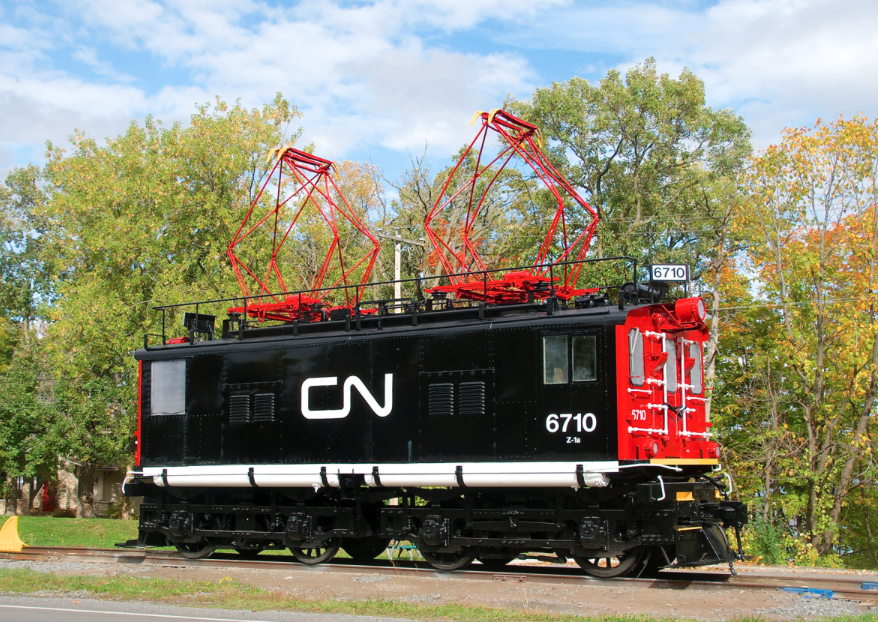
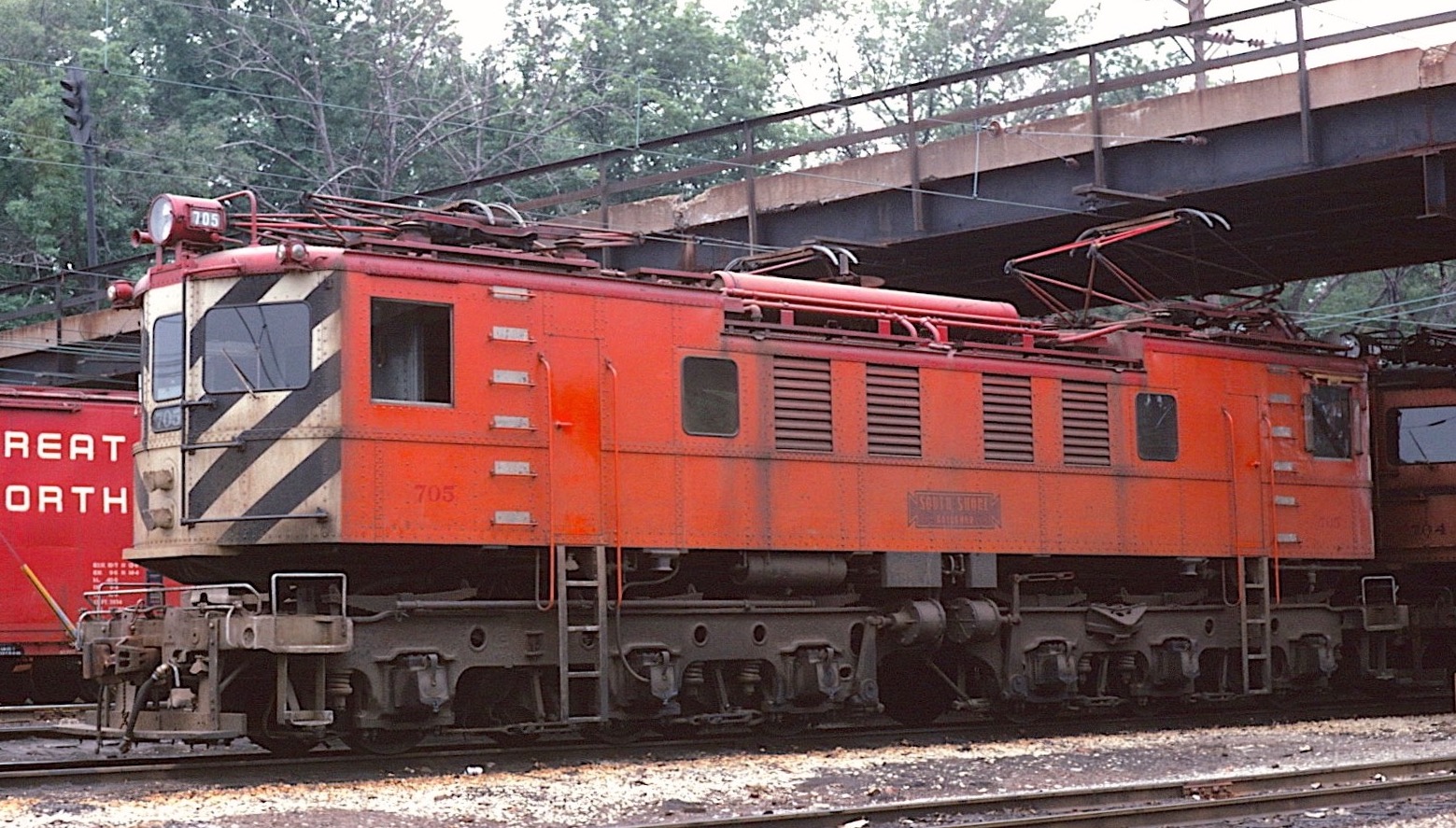
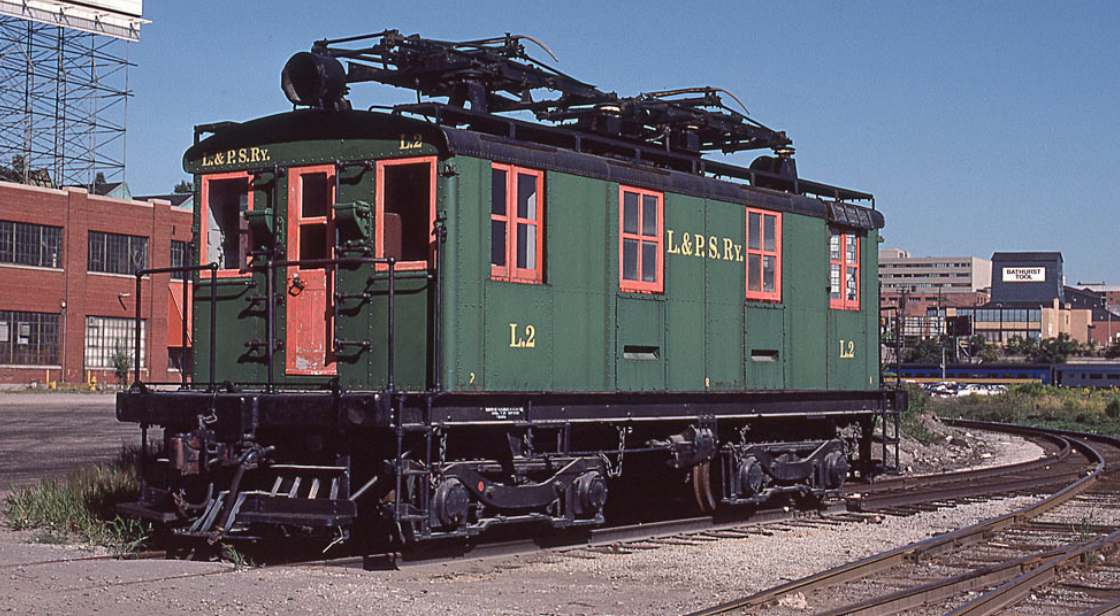


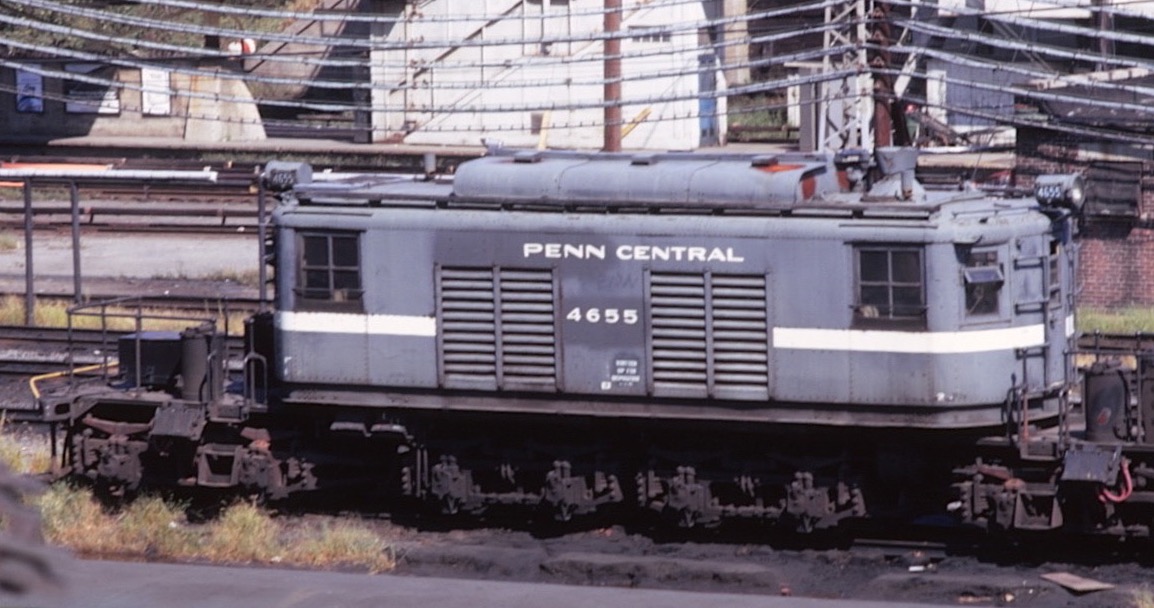

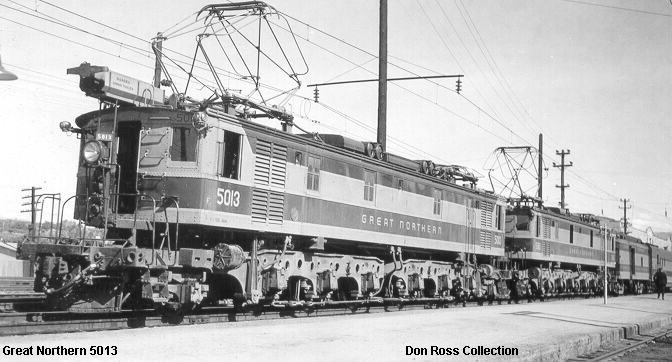 xxx
xxx

